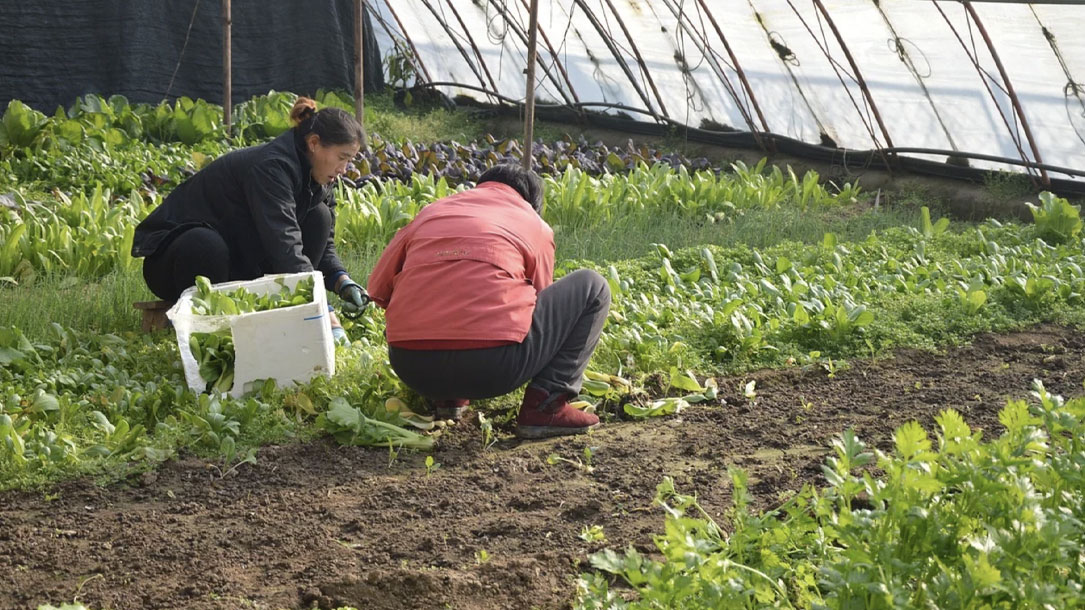
Empowering women farmers and landowners to protect their land and embrace conservation
“The future of agriculture is increasingly female.
43 percent of U.S. farmland —nearly 388 million acres— is now farmed or co- farmed by women. Many of these women have a strong conservation ethic and are deeply committed to healthy farmland, farm families, and farm communities.
But women face gender-related barriers to managing their land for long-term sustainability…”

Accelerate regenerative agriculture
Farmers and ranchers manage nearly one billion acres of the land in the United States — working lands that can serve as a natural carbon sink by drawing down atmospheric carbon dioxide and storing it in plants and soils. However, these working lands face threats from land degradation because of historical and common farming practices. Over time…
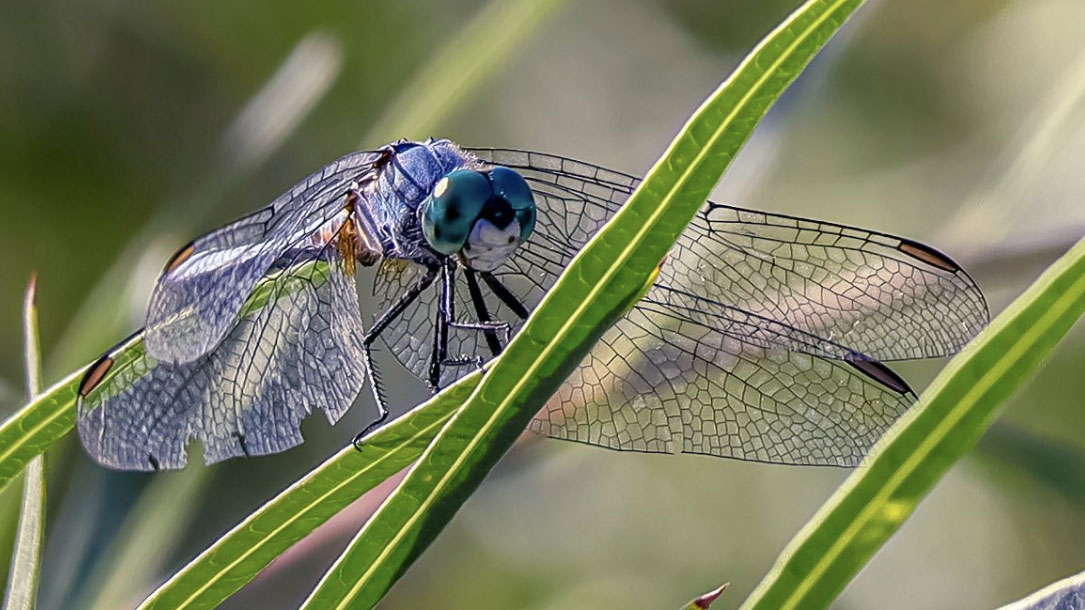
Berks County landmark hill preserved from development
“As you cross the Schuylkill River traveling east on Route 422 from Reading toward Pottstown, two hills rise above the horizon to the south: Gibraltar Hill and Seidel Hill. Gibraltar Hill’s 234 acres in Robeson and Cumru townships were conserved by Natural Lands in 2014. The second mountain in Robeson Township, the 103-acre Seidel Hill, was recently preserved…”

FACT SHEET: The American Jobs Plan
“While the American Rescue Plan is changing the course of the pandemic and delivering relief for working families, this is no time to build back to the way things were. This is the moment to reimagine and rebuild a new economy. The American Jobs Plan is an investment in America that will create millions of good jobs, rebuild our country’s infrastructure, and position the United States to out-compete China. Public domestic investment as a share of the economy has fallen by more than 40 percent since the 1960s. The American Jobs Plan will invest in America in a way we have not invested since we built the interstate highways and won the Space Race…”
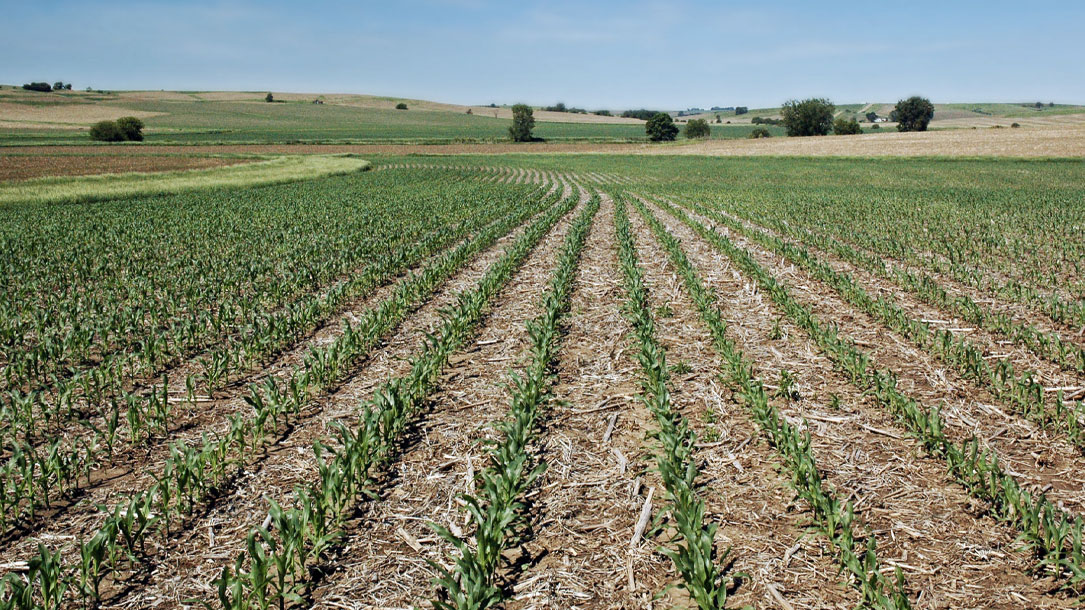
Tillage: an overview
Tillage is defined as the mechanical manipulation of the soil for the purpose of crop production affecting significantly the soil characteristics such as soil water conservation, soil temperature, infiltration and evapotranspiration processes.

Some thoughts on no-till farming
It is time to learn a new way of farming, or perhaps an old way — a way that nature has been trying to teach us since the beginning.
But first, you may be curious why tilling is such a problem. Over time, tillage wreaks havoc on the health of the soil and all of the critters that support a flourishing and productive farm ecosystem…
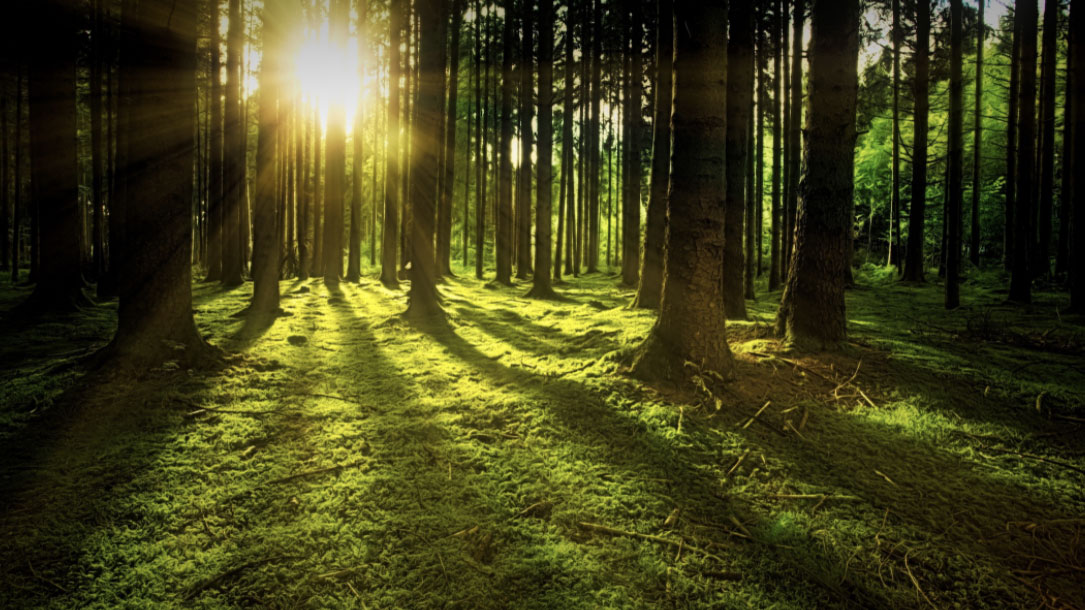
Finding the Mother Tree: An evening with Susan Simard
7:00-8:30 PM EST
In her first book, Finding the Mother Tree, Simard brings us into her world, the intimate world of the trees, in which she brilliantly illuminates the fascinating and vital truths — that trees are not simply the source of timber or pulp, but are a complicated, interdependent circle of life; that forests are social, cooperative creatures connected through underground networks by which trees communicate their vitality and vulnerabilities with communal lives not that different from our own.
The Western New York Land Conservancy is thrilled to host Dr. Simard for a live-streamed virtual event. Finding the Mother Tree: An Evening with Suzanne Simard will include a presentation on her pioneering work and a conversation.
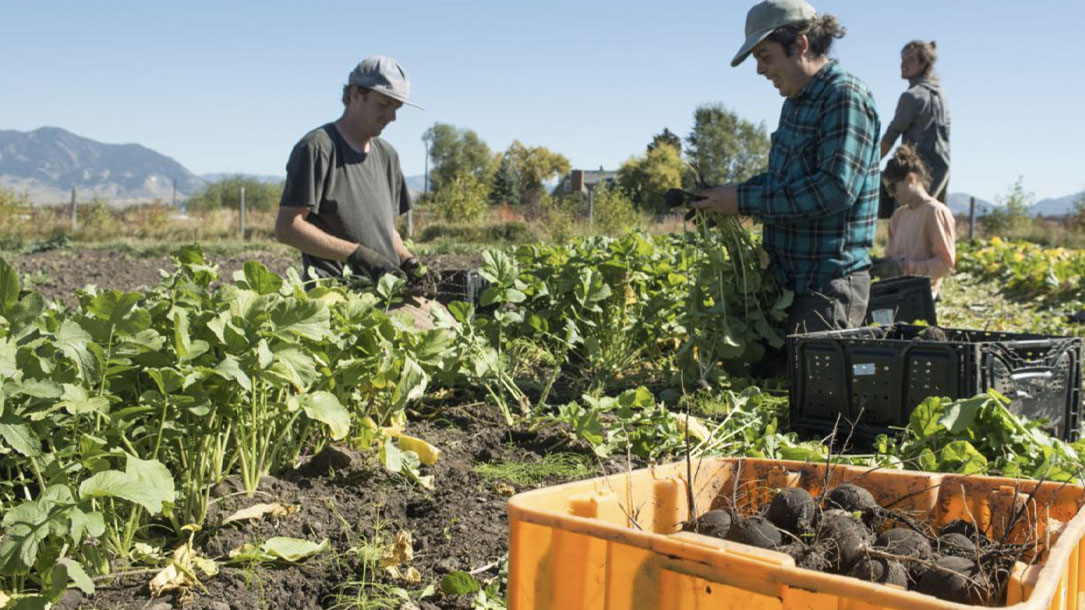
American Farmland Trust calls on the Biden administration to protect and conserve 30% of working farmland and ranchland to achieve 30×30
WASHINGTON, D.C. – Today, American Farmland Trust released “Agriculture’s Role in 30×30: Partnering with Farmers and Ranchers to Protect Land, Biodiversity, and the Climate” outlining agriculture’s critical role in the effort to “conserve at least 30 percent of our lands and waters by 2030” as put forth in the Biden administration’s January 27, 2021, Executive Order on Tackling the Climate Crisis at Home and Abroad. AFT’s recommendations make it clear that we urgently need to both permanently protect five percent of vulnerable working lands from being converted to development and support landowners’ voluntary efforts to implement conservation practices on an additional twenty-five percent of working lands, particularly in biodiversity hotspots, key connectivity corridors and areas with high carbon sequestration potential.

30 x 30: NRDC’S commitment to protect nature and life on earth
“To prevent mass extinctions and bolster resilience to climate change, scientists warn that we must protect at least 30 percent of our lands, rivers, lakes, and wetlands by 2030. At the same time, we must also fully and highly protect at least 30 percent of our oceans by 2030 to help safeguard marine ecosystems and fisheries that provide food, jobs, and cultural sustenance to billions around the world.
We have the tools to create a better, healthier future for our planet—and ourselves—but we must act now…”

Responding to climate change: Website stories
Does your local land trust want to inspire people and community members to think about, and address, climate change?
Perhaps a dedicated page on its website would help — one that talks about the challenges and solutions. Check out Maine Coast Heritage Trust’s webpage, and see what you think.
It’s also critical that when people search for ‘land trusts + climate change,’ that they can find your land trust’s website.












